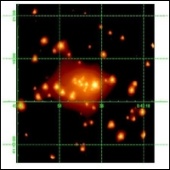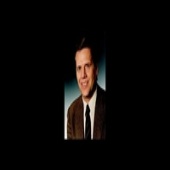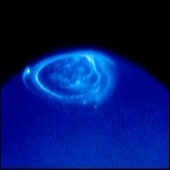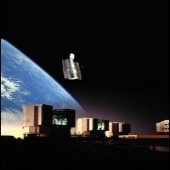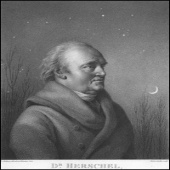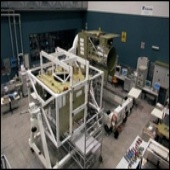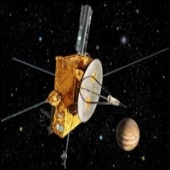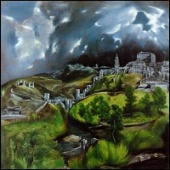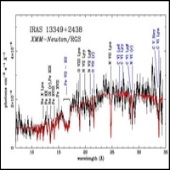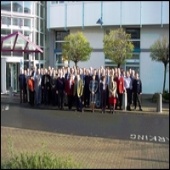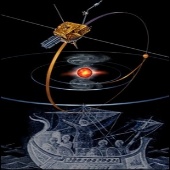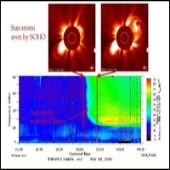ESA Science & Technology - News Archive
News archive
News archive
Published: 15 December 2000
Published: 14 December 2000
Published: 14 December 2000
Published: 14 December 2000
Published: 13 December 2000
Published: 13 December 2000
This week European and American researchers seize a once-in-a-lifetime opportunity to gather simultaneous observations from the NASA/ESA Cassini/Huygens space mission and the NASA/ESA Hubble Space Telescope.
Published: 13 December 2000
Published: 12 December 2000
Published: 11 December 2000
Published: 11 December 2000
Published: 10 December 2000
Published: 6 December 2000
Published: 5 December 2000
Providing new insights into black holes and unravelling the composition of intergalactic matter XMM-Newton is certainly living up to its promises. The European Space Agency has presented the first examples of the scientific results being provided by the new X-ray observatory.
Published: 5 December 2000
Published: 5 December 2000
Published: 3 December 2000
Published: 29 November 2000
Published: 26 November 2000
Published: 23 November 2000
Published: 23 November 2000
—
20 Items per Page




